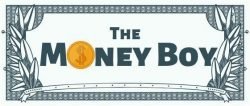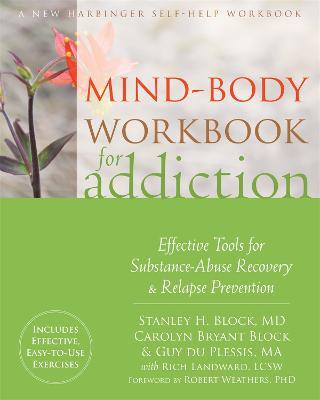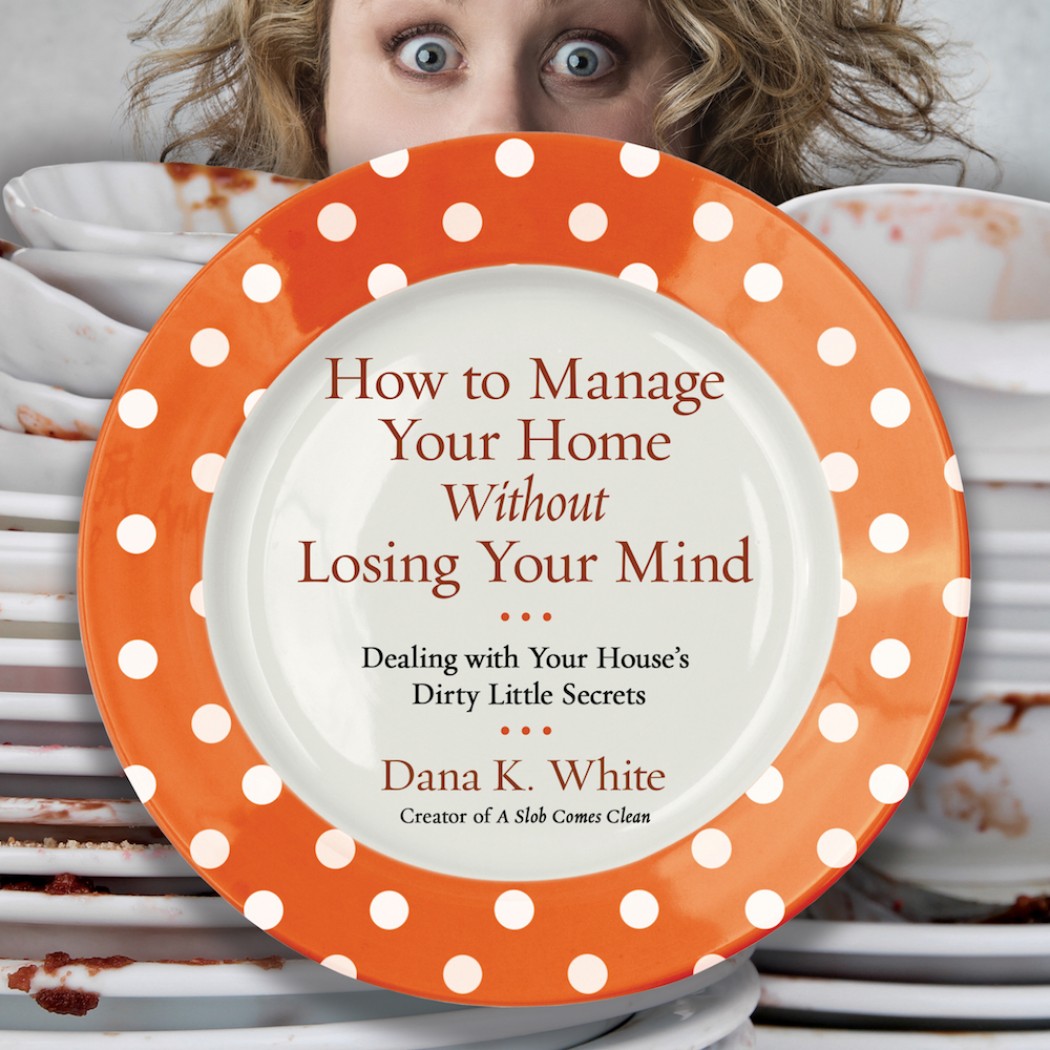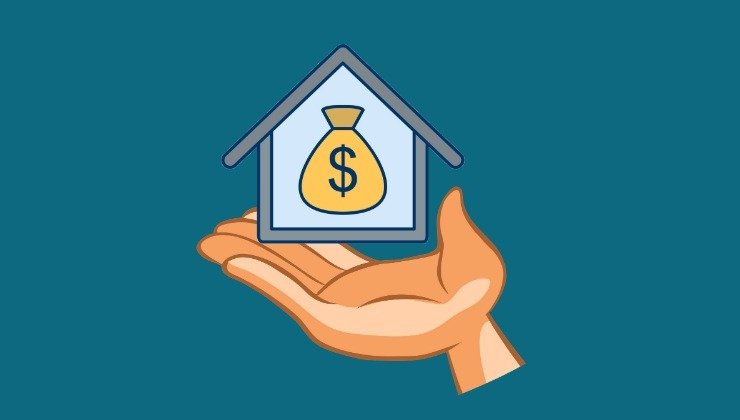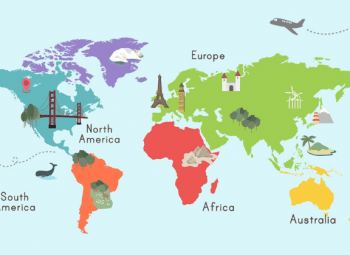
If you were to quickly run through your house, how many items would you find that you haven’t used in months?
Trendy fitness equipment, single-use kitchen gadgets, and piles of clothing often fill up the empty spaces of our homes, sometimes overwhelming our houses as well as our lives.
Sit back and think of the moment when you first picked up these items from the store. What was your motivation behind the purchase? Was it a planned purchase or an attractive item strategically placed that somehow made its way into your shopping bag?
In this article, I will discuss what are the main motivations behind impulse buying and the effects it can have over one’s personal and financial life.
What is Impulse Buying?
In a society dominated by consumerism, impulse buying is more prevalent now than ever before. According to a new survey by Slickdeals.net, the average American is spending over $5400 every year on impulse buys alone.
How to identify which purchase is an impulse buy?
According to the Business Dictionary,
“A spur of the moment, unplanned decision… made just before a purchase. Research findings suggest that emotions and feelings play a decisive role in purchasing, triggered by seeing the product or upon exposure to a well crafted promotional message.”
While we, the consumers, usually suffer financial loss through this purchase, retailers, and marketers significantly profit off these quick, thoughtless decisions.
What Causes Impulse Buying?
1. We love to shop
Something about bringing home something shiny and new never gets old. It’s human nature, right?
Not quite so. If you think about it, this materialistic characteristic is ingrained in us from a very young age.
Starting from childhood, parents, relatives, and friends gift us new things for pretty much any special occasion; No festival or celebration goes by without the exchanging of gifts. It’s practically ritual.
This ends up creating a psychological connection between new things and happiness. Many people claim to shop because it truly brings them joy.
Once you fall into the habit of deriving happiness from shopping and material items, it can be very hard to break away.
2. Availability of credit cards
If I add up the credit limit of the 5 credit cards that I currently own, it will easily surpass my annual income.
It’s insane how much power banks have given us through these cards. No one really needs their yearly income walking around with them in their wallet.
What do you think happens when you give someone so much power? Someone with good control over their financial situation will only spend money on things they really need. But what if you struggle with controlling your spending?
While having and using credit cards are an important part of adulting, we need to be cautious about our spending and use them responsibly. For some, credits cards are nothing but ticking time bombs.
3. Living without a budget
Money spent that’s not budgeted is an impulsive purchase. A budget is a powerful tool that helps keep you accountable for every dollar that you spend.
When you create a budget, you allocate your spendings for the things that are necessary. These are “planned” purchases.
Until about 3 years ago, I lived my whole life without a budget. One of the easiest things to do when you don’t have a budget? Spend impulsively!
When you aren’t keeping track of where your money is going, it’s easy to justify spending on random purchases.
If you do not allocate your money carefully, those impulse buys tend to add up quickly, even if it’s just a small purchase here and there. With your budget in place, it is easy to pinpoint which purchases were planned and which were impulse buys.
- Next Step: How to Save Money Fast on a Low Income.
4. Attractive presentation of goods
Have you ever wondered why they place expensive TV’s, fridges, computers, and phones right at the entrance of your neighborhood wholesale store? Take note of how magnificent it looks. Even though you might have a similar TV at home, something about the set up just makes you want to replace the one you already have.
Notice when you pause for a moment to admire the crystal clear 80-inch Ultra HD television, you’re greeted by a salesperson with a warm smile. Do you get that kind of service when picking up your weekly cereal? Instead, employees are nowhere to be seen near the grocery aisles.
Next time you walk into a store, take note of how they have chosen to display their items. Where are the most expensive things placed? What colors are used to advertise? What items are in the back of the store and which ones are placed right by the cash register?
All these seemingly unimportant details are actually extremely specific marketing tactics that are employed to get you to buy without stopping to think.
5. Emphasize Scarcity to Manipulate Buyers
Consider this: there are two cookie jars sitting in front of you, one with ten cookies and one with two. Which cookie would you pick?
Marketers constantly take advantage of the very human fear of missing out or “FOMO”. Sellers apply tactics emphasizing the scarcity of a product to convince buyers that there is no time to waste.
A prime example of this is on travel sites. Often you will find with flights and hotels that there are “only 3 seats left!” or that “5 other people just booked this hotel!”
When a buyer sees that the item he or she wants is near selling out, it’s just one more reason to make a purchase immediately.
6. Upsell and Cross sell
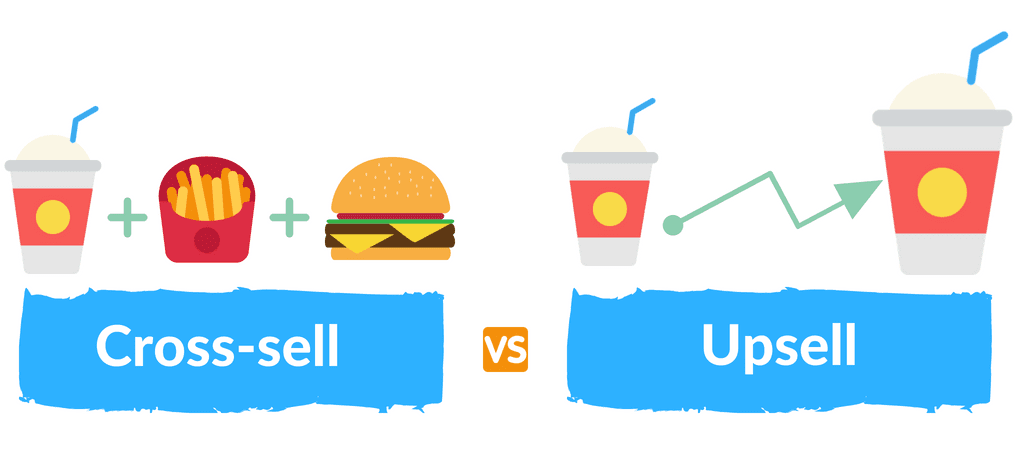
Would you like to make that a meal? Supersize it? Large popcorn and a drink?
You might tell yourself you’re going to just order a $1 burger, but when you get to the restaurant and see mouth-watering images of combo meals complete with fries and a drink, you’re going to rethink your order.
We’ve all experienced this form of up-selling at fast-food restaurants and movie theaters. Now take a second to think about other places you may have been prompted to spend just a little bit more.
Upsell and Cross sell are high revenue driving marketing tactics. Upselling is persuading the customer to buy a more expensive product, whereas Cross selling is suggesting relevant products that go well together.
The profit margin from drinks and fries are much higher than from burgers. The strategy is to attract customers by offering low price main item and make a profit by upselling overpriced items.
Online stores employ similar strategies by discounting relevant products during checkout that adds a sense of urgency and ‘Fear of Missing Out’.
These strategies are prevalent everywhere today and are a major contributor to consumer’s impulse expenditures.
7. Delayed Cost
A delayed cost is a prominent tactic often used by marketers [1].
This tactic gives you an initial taste of a premium product for a limited period of time for little to no money up-front, followed by charging standard rates when the user is habituated to the premium benefits.
For instance, a 30 Day Free Trial with an auto-renewal in the tiny subscript of the terms and conditions that are way too long to ever read.
Another example would be internet providers offering a low introductory fee for the first year and then bumping it up after 12 months without telling you.
In this day and age, we all prefer immediate gratification. Because of this, impulse buys that seem affordable turn into extremely costly affairs down the line due to invisible hidden costs.
8. Stalker Ads
If you are on the internet, you have probably experienced creepily personalized advertisements.
Let’s say you’re looking at watches for your wife’s birthday. Now, all of a sudden, watch ads start popping up on your computer, your phone, your social media, and even random websites.
Technologies such as web cookies are collecting information about our browsing activities from site to site [2]. Ad companies and marketers analyze these data and target us across all our devices.
Because of these highly personalized ads, people are more likely to see something they are willing to purchase. In addition to this, people are much more willing to buy an item after they have seen multiple advertisements for that item [3].
Stay ahead in your financial journey by taking advantage of our most recommended tools and resources
Effects of Impulse Buying
1. Immediate Satisfaction
This is probably the only positive benefit of impulse buying. The satisfaction of owning something desirable, though short-lived, is a fulfilling experience.
On the other hand, there is a much greater chance that your purchase will go unused for the majority of the time it is in your possession.
2. A Cluttered Home
When you bring random items into your home that does not have a set purpose, they usually end up being set on the desk or tossed in the corner.
It doesn’t take much to clutter up a house. Even in my first very small Seattle apartment, I managed to fill my rooms with items that did nothing more than take up space.
The more you buy, the more stuff you are acquiring over time. Once the joy of the purchase has faded, you are still left with this item that you may not have needed in the first place.
3. Debt Snowball
Spur of the moment impulse purchases can disrupt a consumer’s financial stability.
The purpose of credit cards is to provide us with short term credit when we’re low on cash.
Think about it for a moment. How would banks make any money through credit cards if we pay off all of our debts on time every single month?
If everyone started paying off their credit card bills on time, it wouldn’t be a sustainable business model.
The reason why banks load us up with enormous credit line is that there is a greater chance of us defaulting if the debt is beyond our capacity to pay off.
If you pay your credit card bill even a single day after the due date, you could be charged a late fee of $25 to $35. If you continue to miss the due date, you can incur additional fees and interest rates as high as 30 percent. This can easily turn into a snowball effect.
Not only that, your missed payments will show up on your credit history and will likely lower your credit score.
Even though a credit card is an extremely useful tool, it can be dangerous when not used responsibly and has the ability to put one’s personal and financial life in chaos.
Final Thoughts
Impulse buying is a habit that definitely takes some time to get under control. Don’t worry about being perfect right away, we are all human. From time to time, there will be that one thing you really just can’t help yourself from buying.
By listing out just some of the causes and effects of impulse buying, my hope is to help anybody who is looking to start or continue their journey towards more mindful shopping.
Understand that the joy you are feeling from impulse buying is temporary. Think, instead, of your long term goals such as saving up for a house or that vacation you’ve been waiting to take. These purchases will bring you true joy, as well as memories that will last a lifetime.
Give yourself a headstart with the knowledge and tangible steps that will help reprogram your mind to stop impulse buying.
